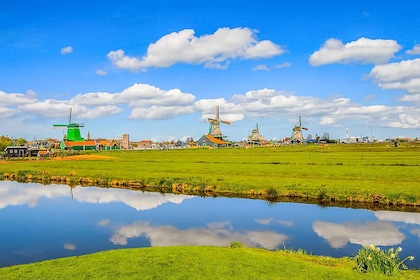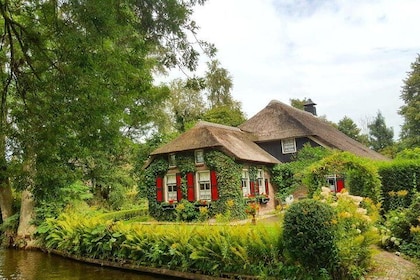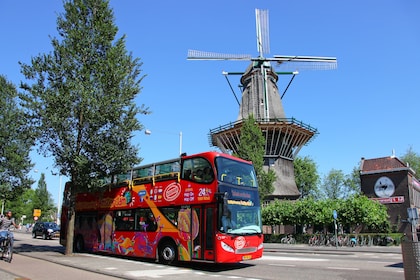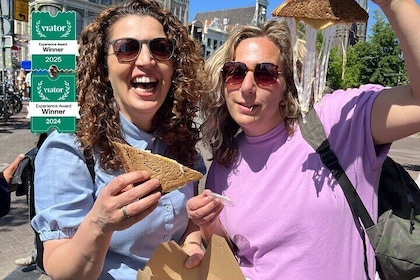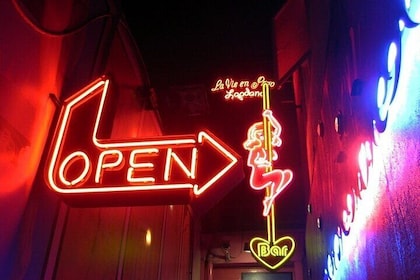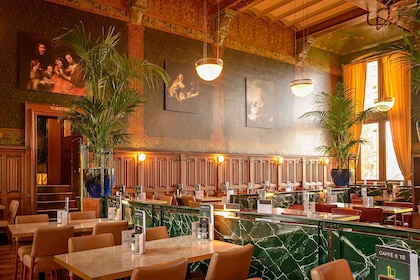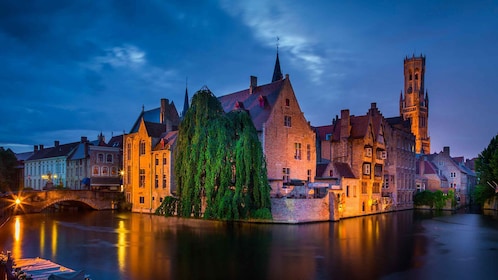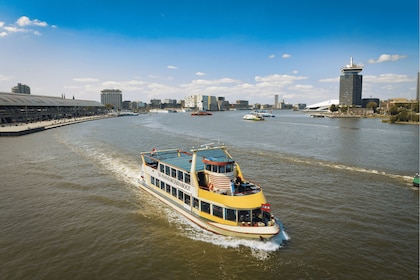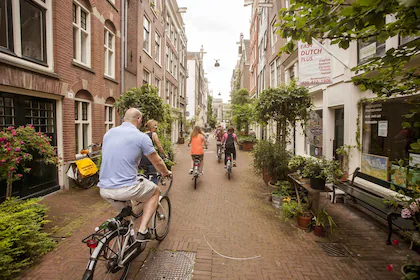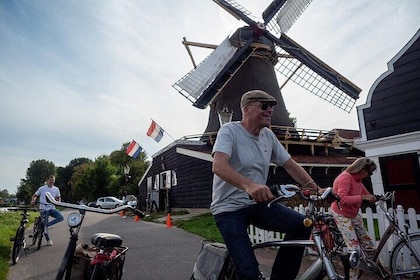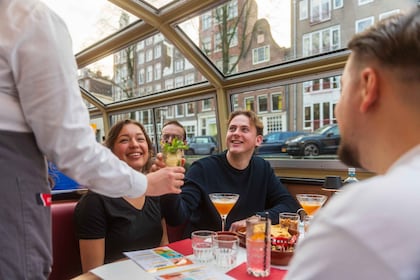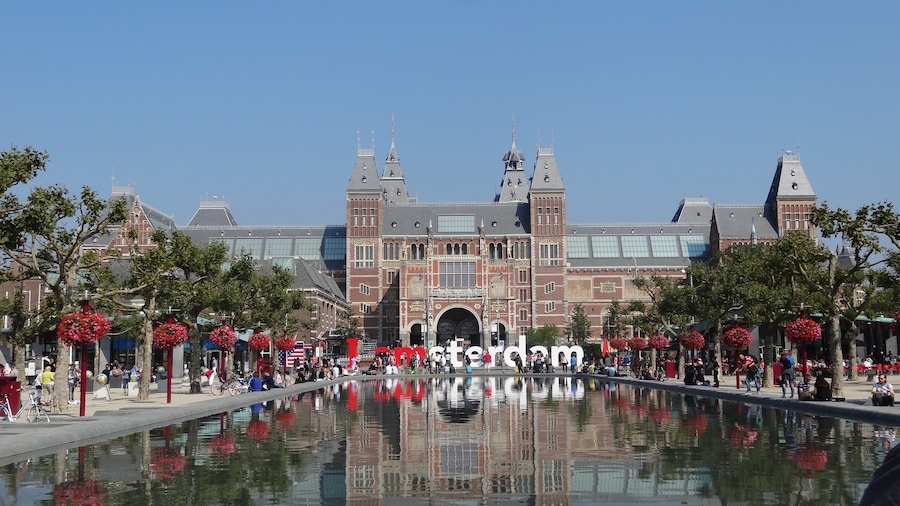Spend a romantic moment or relax with a picnic lunch in the medieval courtyard of the former Béguinage of Amsterdam.
See one of the original parts of medieval Amsterdam at the Begijnhof. This square is the inner courtyard of the former Béguinage, where Catholic women lived and performed charity work together from the 14th century. The surrounding buildings are now houses, but the courtyard still retains an atmosphere of quiet tranquility. Only single women are allowed to live here.
Enter through the 16th-century Begijnesloot gate and sit on the green lawns to enjoy views of the townhouses, which have facades from the 17th- and 18th-century. The courtyard is lower than street level, because the rest of the city has been built up since medieval times. In the Begijnhof you’ll see an unusual wooden house, which dates from the 15th century. The large areas of lawn were originally bleaching greens, where the Beguines whitened clothing and linens in the sun.
The Beguines’ chapel, originally built in 1397, burned down in two great fires and was rebuilt in the 15th century. In the 16th century Protestants took over Amsterdam and the church and the Beguines were driven to worship secretly. The chapel became an English Reformed Church, but the pious Catholic Beguines built a secret chapel inside two of the private buildings and continued to hold services. The chapel exhibits a modern nine-panel depiction of the Miracle of Amsterdam. Residents tell the story of a sick man who vomited the Host into a fire that did not burn either the Host or the hand of the woman who plucked it out.
The last Beguine, Sister Antonia, passed away in 1971. Residents still live in the courtyard buildings, so it’s best to be discreet and quiet when photographing the scenery.
The Begijnhof is located near the Amsterdam Museum in the city centre. Once you’ve been to the inner courtyard, learn about the religious history of the city at the museum. There is also a small shop where you can purchase histories and postcards of the Begijnhof. Entry is free but donations are appreciated. You can explore both the Béguinage and the chapel daily.




